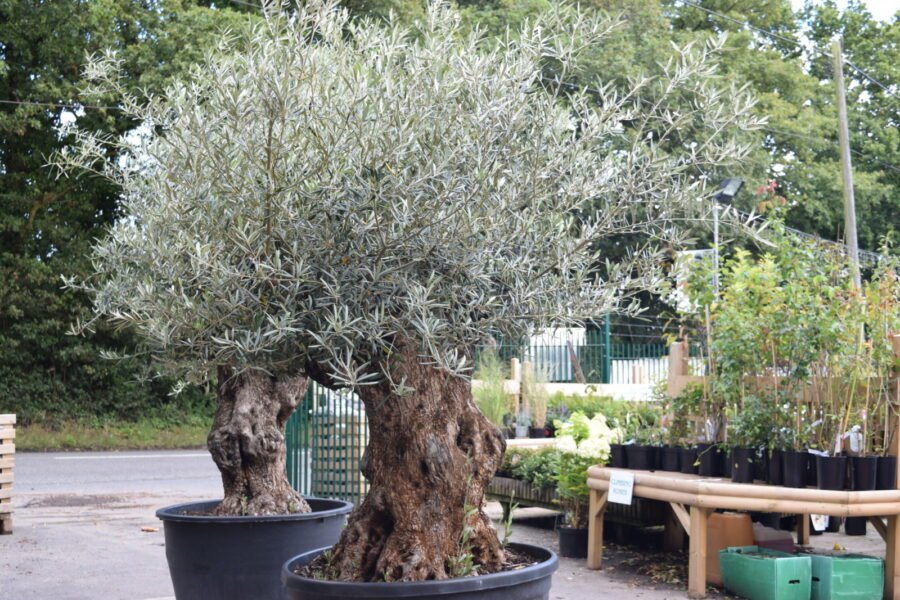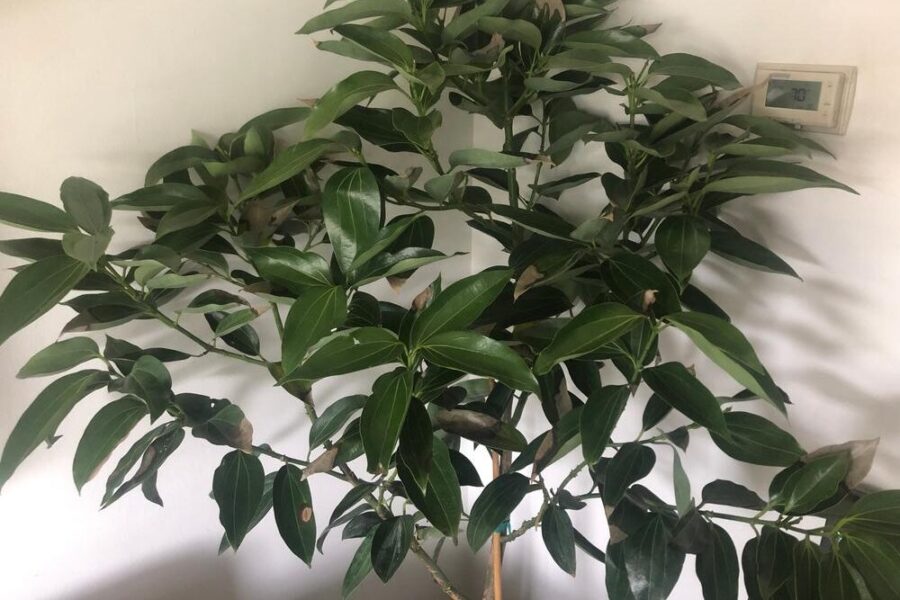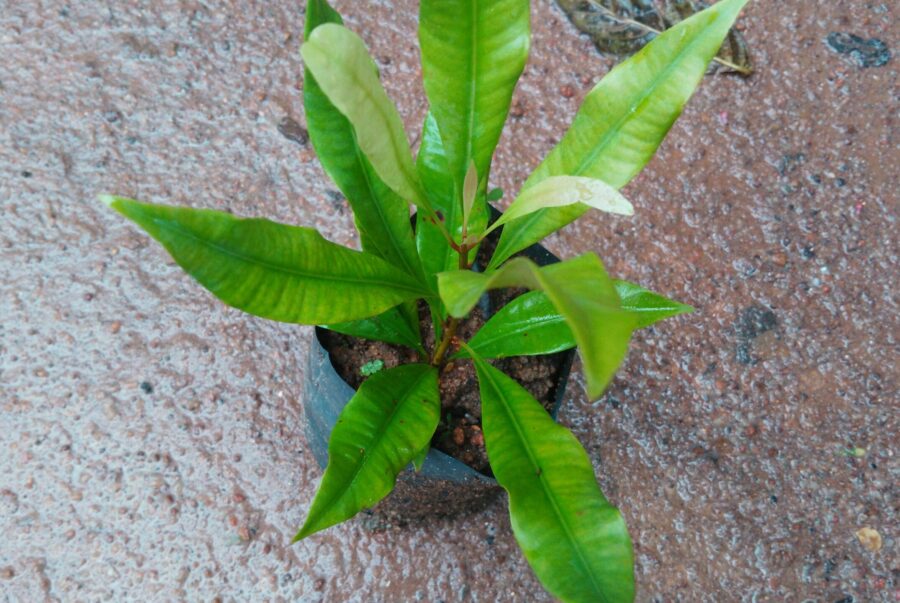General Information
- Category- Fruit
- Binomial Name- Olea europaea
- Common Names- Brown Olive, Wild olive, Indian olive, common olive
- Spread- 180-300 inches
- Height- 240-360 inches
- Average Production- 15-20 kg per plant per year
- Days to Maturity- 1825-4380 days
Nutrition Values:
- Calories: 115-145
- Water: 75%
- Protein: 1.03 gram
- Carbohydrates: 3.84 gram
- Sugar: 0.54 gram
- Fiber: 3.3 gram
- Fat: 15.32 gram
Vitamins
- Vitamin A- 20 μg
- Vitamin E- 3.81 mg
- Vitamin K- 1.4 μg
- Vitamin B1- 0.021 mg
- Vitamin B2- 0.007 mg
- Vitamin B3- 0.237 mg
- Vitamin B6- 0.031 mg
- Vitamin B9- 3 μg
Minerals
- Potassium- 42 mg
- Calcium- 52 mg
- Iron- 0.49 mg
- Magnesium- 11 mg
- Phosphorous- 4 mg
- Sodium- 1556 mg
*The values are standard average per 100 grams and might change a bit.
Environmental Requirements:
- Soil- Rocky and well drained
- Soil Moisture- 20%
- Soil pH- 6.5-8.5
- Sun Requirements- Full sun
- Best Time to Plant- Spring (February-March)
Tips to Grow Olive:
It is better to plant a olive tree seedling than seeds.
- Arrange a plant which is 4 to 5 feet high and whose branches start at three feet from nursery.
- Soil should be fertile and well draining. It should be moist but not wet.
- Dig a hole about the same size as the tree’s planting container. Gently place the root ball of your plant in the hole and cover with dirt. Put an inch of topsoil over the root ball. Water and mulch the area with straw.
- Do not prune young trees often. During the first four years, only remove side branches growing below three feet. As the trees mature, they will become to take on their full form and you can remove weak or unwanted branches.
- Well-watered trees will start bearing fruit two or three times faster than dry-farmed trees. many trees won’t start bearing until 10 years old.
- When growing olives, remember this is a long term project. Start watching for fruit after the first two years, but keep in mind it may take much longer for an olive tree to yield fruit.
- Olives start out green and eventually all turn black as they ripen. Olives that are harvested when they are still green have a peppery, grassy flavor, while olives that are harvested when they turn taker have a milder, buttery flavor.
- Keep in mind, you cannot eat olives directly off a tree. Most have to be brined, meaning they are soaked in salt water, before they can be consumed.
Chemical Constituents of Olive:
- Olive oil contains mixed glycerides of oleic acid (56–85%), palmitic (7–20%), linoleic (3–20%), stearic (1–5%), arachidic (0.9%), palmitoleic (3%), linolenic, eicosenoic, gadoleic, and lignoceric acids.
- The minor constituents are squalene up to 0.7%, phytosterol and tocopherols about 0.2%.
Uses:
- Olive oil is used in the manufacture of pharmaceutical preparations, soaps, textile lubricants, sulphonated oils, liniments, cosmetics, plasters; as food in salads, and for cooking and baking.
- It has demulcent, emollient, choleretic or cholagogue, and laxative properties.
- It is a good solvent for parenteral preparations.
Show Comments




